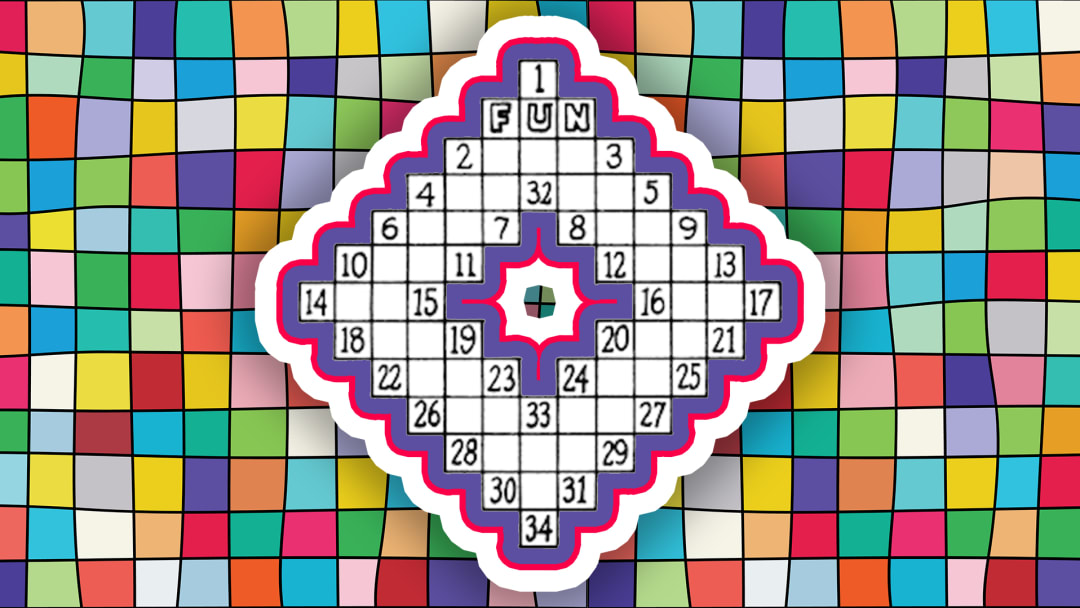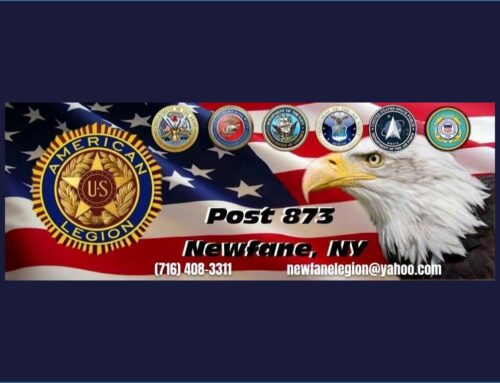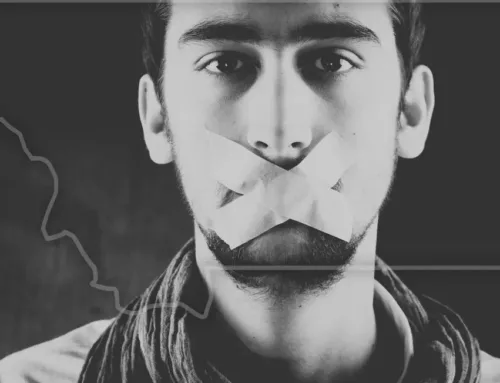Crossword Puzzles functioned as a much-needed bit of escapism during World War I
Published: 3 August 2023
By Ellen Gutoskey
via the Mental Floss web site

Crossword puzzle 1913
Can You Solve the World’s First Crossword Puzzle?
Crossword puzzlers everywhere owe their thanks to Arthur Wynne, who in 1913 created what’s often cited as the world’s first crossword puzzle.
There are a few notable differences between Wynne’s puzzle and those of today. His is a perfect diamond, rather than the asymmetrical designs of many modern grids; and its empty spaces aren’t marked by black boxes. The number system isn’t what 21st-century puzzlers are used to, either: Wynne numbered the first and last squares of each clue. So, for example, the second clue down from the left (“The fibre of the gomuti palm”) is labeled “10-18” in the clue key.
But those distinctions shouldn’t trip up anyone who knows their way around a crossword puzzle. And don’t worry—not every answer is as obscure as the one for 10-18. The New York Times columnist Richard E. Mooney once described Wynne’s grid as a mix of “stupidly simple” and “stupidly hard” clues.
Take a crack at the crossword below, and then read on to learn a little more about its history. You’ll find the answer key at the bottom of the page.

Arthur Wynne was a journalist from Liverpool who immigrated to the U.S. and eventually got hired as an editor for the New York World. He developed the crossword puzzle to be published in the newspaper’s “Fun” section on December 21, 1913. It’s tough to say definitively that Wynne invented the crossword puzzle; history is full of similar games that involve filling out a grid of criss-crossing words. Ancient Romans, for example, created the sator square—a five-word grid that functions as a palindromic sentence.
But Wynne does deserve credit for originating and popularizing our modern version of the crossword puzzle. New York World readers immediately loved his so-called “Word-Cross Puzzle”—which, thanks to a typo, quickly became known as a “Cross-Word” instead—and it wasn’t long before other newspapers began to print their own. As TIME points out, the brain game functioned as a much-needed bit of escapism for a country on the brink—and then in the thick—of World War I.
Read the entire article on the Mental Floss web site here:
External Web Site Notice: This page contains information directly presented from an external source. The terms and conditions of this page may not be the same as those of this website. Click here to read the full disclaimer notice for external web sites. Thank you.



